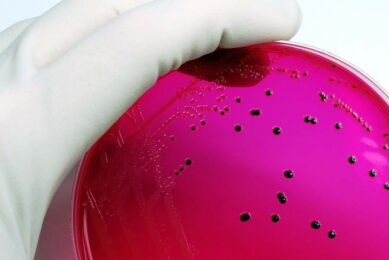Fly out
The popularity of poultry meat is growing in almost every country around the world. Various polls tell us that consumers appreciate poultry meat because of its nutritional value, its (relatively) low price, and safety. However, some want the consumer to believe that latter is questionable, and do so by highlighting issues relating to dioxins, salmonella, campylobacter, AI, and antibiotic resistance.
We cannot deny that these issues are real, but it is important to realise that these issues are not as hazardous to human health as often presented by some media. These media representatives often appreciate sensational value more than they do the truth. It can often be seen that the whole story is not told, and efforts made by the industry makes to meet the maximum criteria for food safety are often ignored. They also seem to forget that most of the time, especially where it concerns microbial issues, that prudent kitchen practices fully eliminate the possibility of food poisoning. Here the responsibility is not only with the producers but also with the consumer and its food provider.
During the symposium “Salmonella, friends forever” at the occasion of the retirement of Nico Bolder, microbiologist at the Central Veterinary Institute of Wageningen University, it was made clear that the EU goal for zero salmonella in poultry meat and egg production without end-of-line decontamination is wishful thinking. Producers already do their utmost best to minimise the presence of salmonella, and with success. Salmonella-free production, however, is proven to be impossible in an environment where salmonellas are everywhere.
Fortunately, salmonellas are fairly predictable in their behaviour and appearance, which is not the case for campylobacter. This creature remains a problem. Trials have shown that most of the time infections are caused by flies, beetles, rodents and pets. The use of fly nets in poultry houses, which basically seal the house to prevent flies from entering into the house, have shown to reduce the incidence of campylobacter by 50%. This result is impressive and serves some additional issues like protecting the birds inside against other diseases that can be transmitted by flies from neighbouring flocks or wild birds. In addition if flies cannot fly in, then they also cannot fly out. Poultry houses are known to attract flies and to provide an excellent breeding environment. If no fly control program is being followed the farm may sooner or later invite neighbours to complain and give poultry production a bad name, which none of us appreciates.













